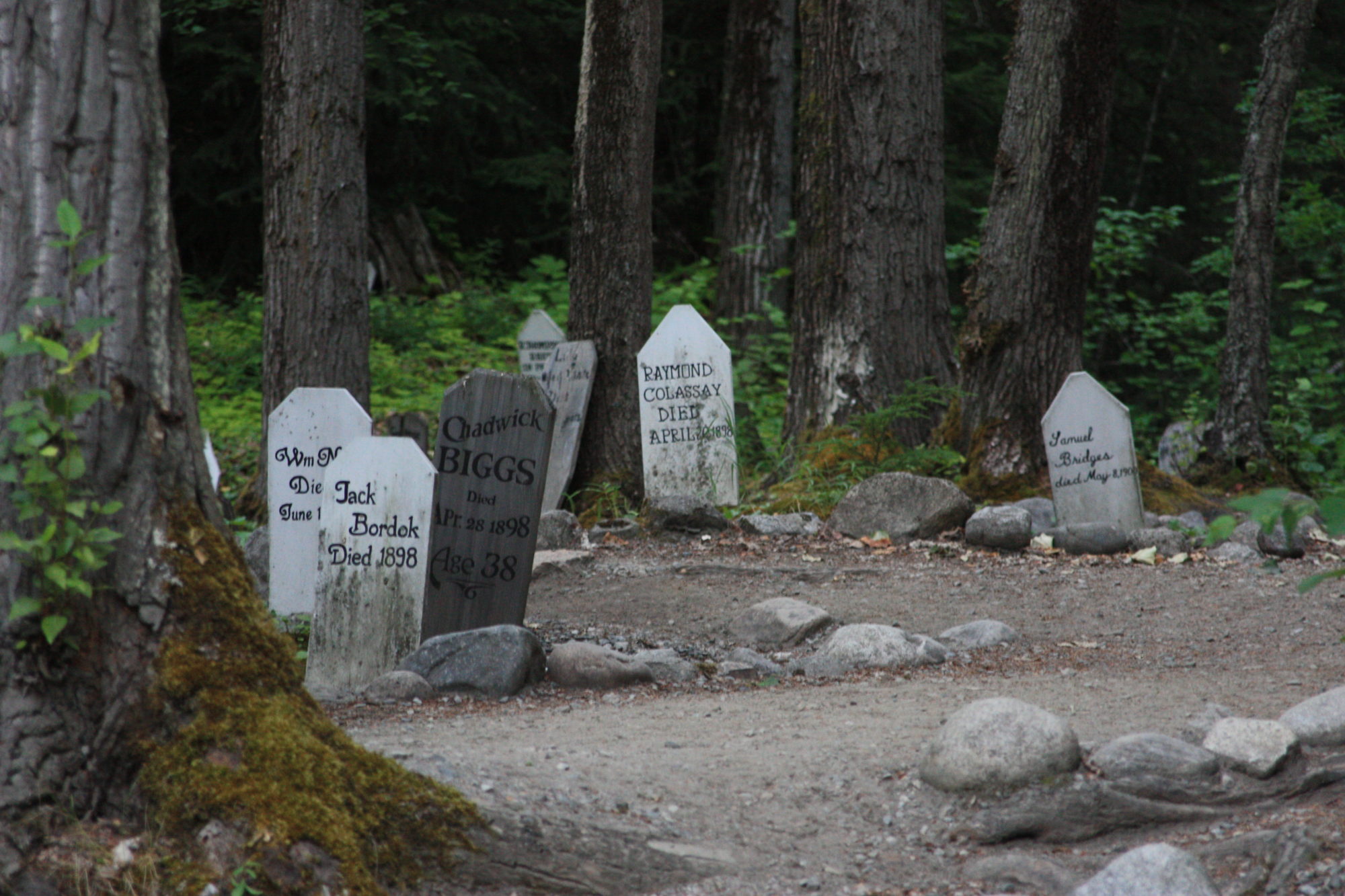
Before the construction of the railroad, Gaillard led a team of engineers up to the White Pass to survey a route.
Gaillard was born in 1859 in Fulton, South Carolina. After graduation from West Point and promotion to first lieutenant in 1887, he married Katherine Ross Davis. The couple had one child, David St. Pierre Gaillard. By 1903 he was a Captain in the Army Corps of Engineers and in 1908 he led the Army Corps in building the Panama Canal.
Gaillard was in charge of the notorious Culebra Cut through the backbone of the isthmus. Men who worked with him said he gave 12 hours every day to the Culebra Cit, besides which, he took his share in the labor of general administration of the Canal Zone. He checked up expenses, even on small things and once it was computed he had saved the Government $17,000,000.
He succeeded, but did not live to see the job finished. Suffering from what was thought to be nervous exhaustion brought on by overwork, he returned to the United States in 1913. In fact, Gaillard suffered from a brain tumor.
Lieutenant Colonel David DuBose Gaillard died at Johns Hopkins Hospital in Baltimore on this day, December 5, 1913. He was 54 years old. He is buried at Arlington National Cemetery. The Panama Canal opened nine months after his death, and Culebra Cut was renamed Gaillard Cut in his honor.
Skagit River Journal website; NY times article 1903.









